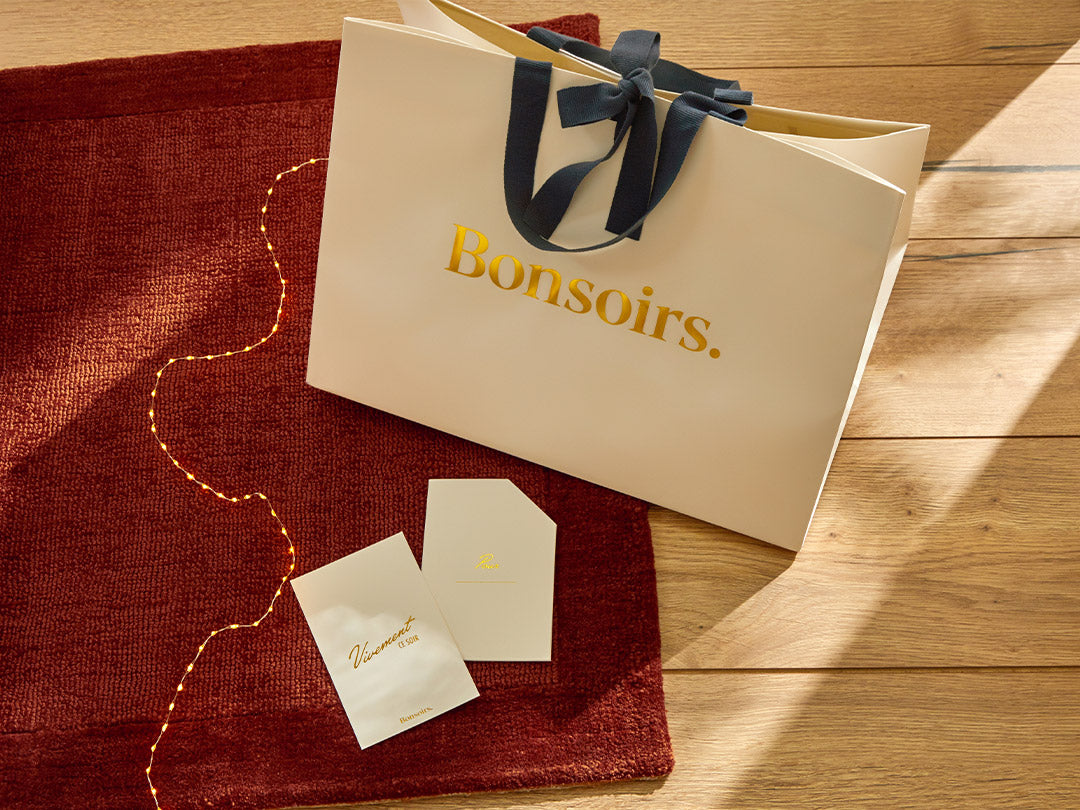You have undoubtedly already heard of this silky material that is viscose. But what do you really know about her? Many clothes are made from viscose, but its use in household linen remains limited. Is this material interesting for bed linen?
What is viscose?
To begin with, it is useful to clarify that viscose is not, originally, a material strictly speaking, but a process which makes it possible to obtain fibers from a plant material such as bamboo for example. We are also talking about bamboo viscose in this case. The raw material first undergoes a cellulose-based treatment, then dissolved using carbon disulphide or even soda.
The viscose process was developed to create a fabric resembling silk, but more affordable. This is why viscose fabric is also called “artificial silk” or “rayon”, in reference to its shiny appearance. For the record, it was in the 19th century, in the midst of the industrial revolution, that this process was discovered, and the first viscose threads were presented at the Universal Exhibition of 1900. Generalized during the 20th century, the Viscose is now omnipresent in our textiles.
What are the advantages of viscose?
One of the major characteristics of viscose is its fluidity. This is also why it retains little heat and is therefore perfectly suited for the summer season. Viscose is therefore not a warm material like, for example, cotton flannel. Another of its properties is its extreme softness, a particularity which means that we often fall for viscose clothes, because they perfectly emphasize the body and refine the silhouette. In addition, viscose clothing is very comfortable. After washing, viscose clothing does not need ironing: another very useful advantage! Viscose is not a component of Bonsoirs bed linen, designed essentially from cotton like cotton gauze lingerie .
Is viscose ecological?
This is the big question when we talk about viscose! Is viscose a natural material? While it is true that viscose is made with natural fibers, the production of viscose cannot be described as ecological, because it is based on a chemical process. In addition, there is also artificial viscose based on a manufacturing process based on synthetic fibers. We sometimes hear the term polyester viscose and this viscose cannot be described as ecological. But fortunately, certain labels allow us to know whether the components present in our fabrics are harmful or not.
Finally, know that like recycled cotton, there is recycled viscose. If you wish to opt for bathroom linen made from recycled cotton and viscose , check that it has GRS (Global Recycled Standard) certification attesting to the absence of harmful substances.
How to maintain viscose?
Viscose is very easy to maintain and its resistance is great. It withstands numerous washes and multiple spin cycles. This being said, you should favor washing at 30°C or 40°C maximum and preferably select a gentle spin. After spinning, simply spread out your viscose-based clothes or towels well and you will not need to go through the "ironing" box. Very few subjects allow this. On the other hand, viscose-based fabrics fade much less than those made from cotton, for example.
Does viscose have any disadvantages?
If viscose is rarely used in bed linen, it is for several reasons. Unfortunately, viscose is often synonymous with sweat. It retains moisture and can therefore promote night sweating. This is a major disadvantage for a duvet cover for example.
Is viscose an elastic material ? Viscose is not very stretchy and rather rigid. This is why it is often associated with elastane which helps make the fabric more flexible. Forget viscose fitted sheets and prefer cotton, natural and temperature-regulating.
Finally, let's remember that the viscose manufacturing process remains chemical and that it will never be possible to have 100% natural viscose like cotton, for example. This is why Bonsoirs offers you bed linen (covers, sheets, pillowcases) exclusively made from natural cotton.
You will like also...
What is the best material for sheets?
What are the differences between synthetic and natural duvets?
Choosing the right material for your duvet cover



